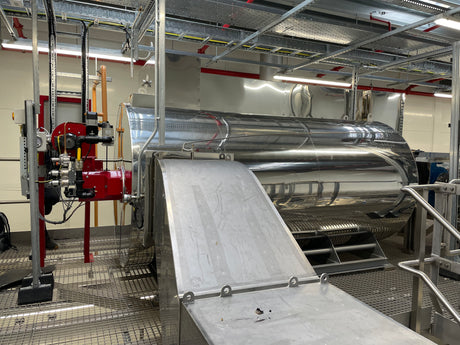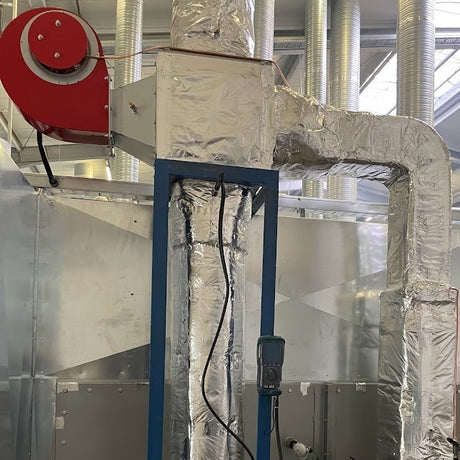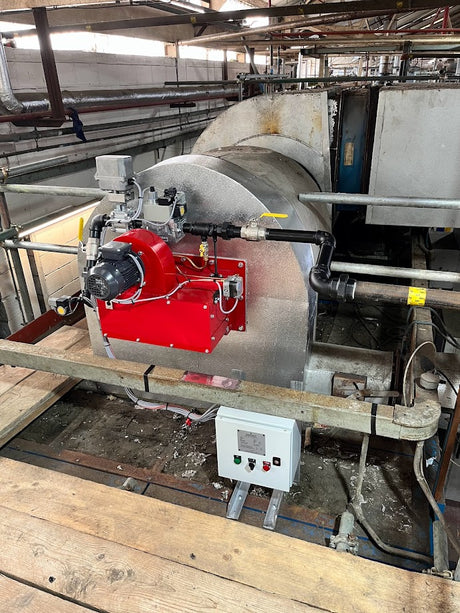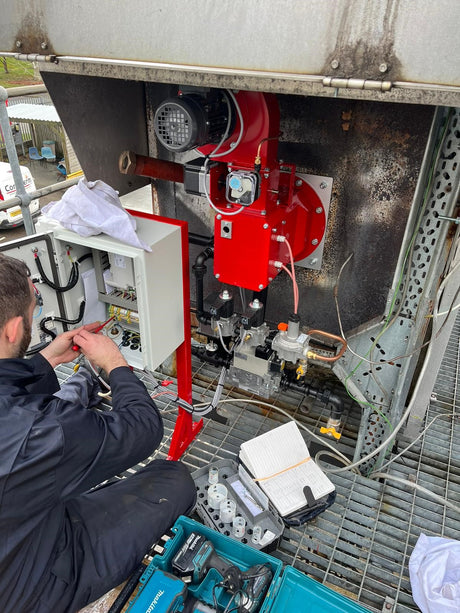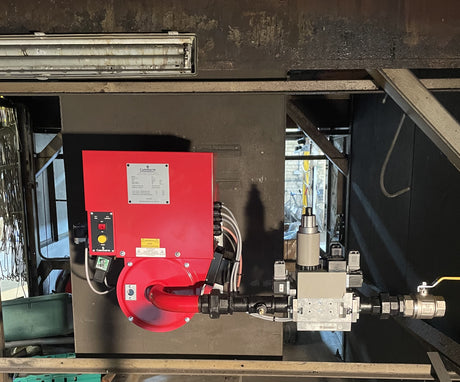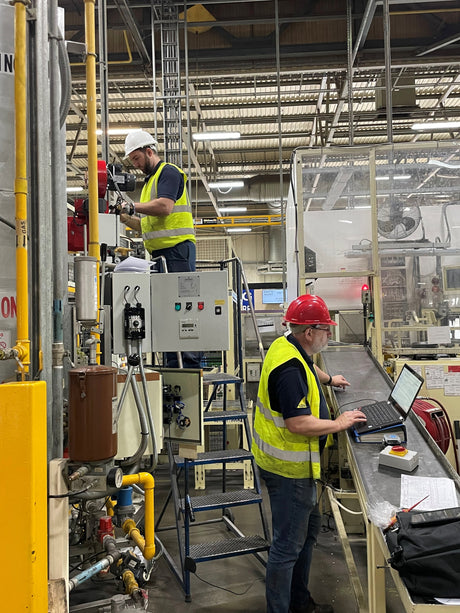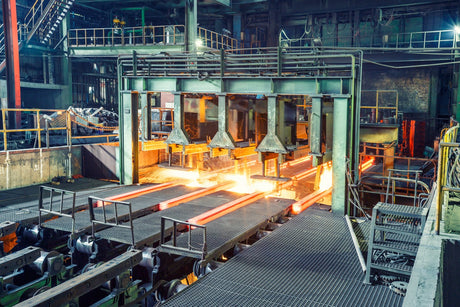ATEX Rated Plant Equipment
ATEX Zone Classifications
ATEX uses Zone numbers to identify the different environments with their respective levels of explosion or fire risk. By law it is the company's responsibility to correctly classify the workplaces for which they are responsible. The classification given to a zone depends on the likelihood of an explosive atmosphere occurring and its persistence if it does. ATEX distinguishes between explosive atmospheres that arise because of gases, vapours and mists and those that arise from dust.
Many boiler and burner houses will be in industries that fall under ATEX requirements. Many process type burners are found in environments where explosive dust or gases are present, such as mills, spray-booths, or powder processing plants; for these applications, ATEX rated equipment will most likely be required.
We can supply ATEX rated motors, ATEX rated enclosures and ATEX rated parts such as pressure switches, flame detection, and more.
What is ATEX?
It is the name commonly assigned to the European directives for safety within explosive atmospheres. It consists of the following two directives.
Directive 99/92/EC - ATEX Workplace Directive
This directive stipulates the minimum requirements for improving the health and safety protection of workers potentially at risk from explosive atmospheres. The text of the Directive and the supporting EU produced guidelines are available on the EU-website. For more information on how the requirements of the Directive have been put into effect in Great Britain see the information in the section Explosive atmospheres in the workplace.
Directive 94/9/EC - ATEX Equipment Directive
This directive highlights the approximation of the laws of Members States concerning equipment and protective systems intended for use in potentially explosive atmospheres. The text of the Directive and EU produced supporting guidelines are available on the EU website. For more information on how the requirements of the Directive have been put into effect in Great Britain see the section on Equipment and protective systems intended for use in explosive atmospheres.
DSEAR - Dangerous Substances & Explosive Atmospheres Regulations 2002
In Great Britain the requirements of Directive 99/92/EC were put into effect through regulations 7 and 11 of the Dangerous Substances and Explosive Atmospheres Regulations 2002 (DSEAR).
The requirements in DSEAR apply to most workplaces where a potentially explosive atmosphere may occur. Some industry sectors and work activities are exempted because there is other legislation that fulfils the requirements. These exemptions are listed in regulation 3 of DSEAR.
What does DSEAR require?
DSEAR requires employers to eliminate any risks or take measures to control the risks linked to working environments containing explosive substances.
HSE Explosions and Dangerous Substances Regulations
ATEX Classifications
After initially identifying where the dangerous areas are, these must be classified into zones. The classification of this zones, its size and its location, depends on the likelihood of an explosive atmosphere occurring and the likely persistance. Schedule 2 of DSEAR contains these classifications and some advice on the selection of appropriate equipment to be used in these areas.
| ATEX Gases, Vapours and Mists | |
| Zone 0 | A place in which an explosive atmosphere consisting of a mixture with air of dangerous substances in the form of gas, vapour or mist is present continuously or for long periods or frequently. |
| Zone 1 | A place in which an explosive atmosphere consisting of a mixture with air of dangerous substances in the form of gas, vapour or mist is likely to occur in normal operation occasionally. |
| Zone 2 | A place in which an explosive atmosphere consisting of a mixture with air of dangerous substances in the form of gas, vapour or mist is not likely to occur in normal operation but, if it does occur, will persist for a short period only |
| Dust | |
| Zone 20 | A place in which an explosive atmosphere in the form of a cloud of combustible dust in the air is present continuously, or for long periods or frequently. |
| Zone 21 | A place in which an explosive atmosphere in the form of a cloud of combustible dust in air is likely to occur in normal operation occasionally. |
| Zone 22 | A place in which an explosive atmosphere in the form of a cloud of combustible dust in the air is not likely to occur in normal operation but, if it does occur, will persist for a short period only. |

